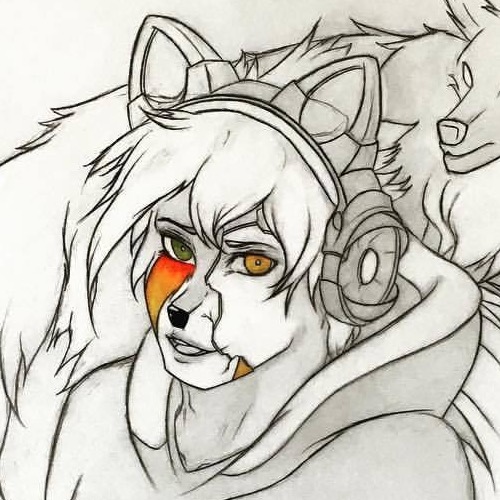A Summary Of The Iron Liver
An Iron Liver is a drinking contest that makes use of draughts brewed in the Dreaming. The contest can have any number of contestants, but the standard is usually between 3-20 participants. The format is usually as follows: contestants stand at a table or counter, and are served shots of Dreaming draughts in a series of rounds. A different type of draught is served on each round. At the end of each round, a contestant must be able to continue standing unassisted (not leaning on the counter, or a fellow contestant, or any other object). If they are unable to remain standing under their own power, then they are knocked out of the contest and cannot proceed to the next round. The contest continues round by round until all but one contestant is eliminated, and the last one standing is crowned the winner.
An Iron Liver is often an entertaining affair that is spectated by others, since having shots of so many different draughts in a short span of time results in stacking draught effects for the contestants, which can have amusing or unforeseen consequences. How the contest is conducted may vary depending on what establishment or group is running it; there are sometimes minor differences in the format of the event. As an example, some establishments will let contestants know what each round's draught is ahead of time, while other establishments will keep that knowledge secret so that each round is a surprise. Some establishments randomize each round, choosing a draught at random for each round (though this random selection is often made from a preselected pool of draughts deemed appropriate for the event).
An important factor to note is that a contestant's size, gender, and species has no intrinsic value in the Iron Liver, as Dreaming draughts do not metabolize in the same manner that alcohols do. The intoxicating impact varies for each individual from draught to draught, with physicality having no bearing on whether this impact will be strong or weak. A contestant may breeze through one draught, only to find themselves laid low by the next draught; likewise, a large contestant with a robust constitution has as much chance of winning the Iron Liver as a small contestant with an anemic constitution.
Many establishments that brew or sell Dreaming draughts hold an Iron Liver once a year as an entertainment event, and participant slots are raffled off to those that are interested in participating. Participants are usually rewarded with a bottle of the draught that knocked them out of the contest, while the winner of the contest gets to take home three draughts of their choosing (out of the selection of draughts that were used for the rounds of the contest). Reward structures can vary depending on establishment running the Iron Liver, and the size of the contest; for Iron Livers with larger participant pools, sometimes second and third place may also be rewarded in addition to first place.







